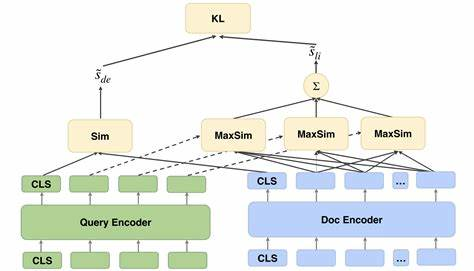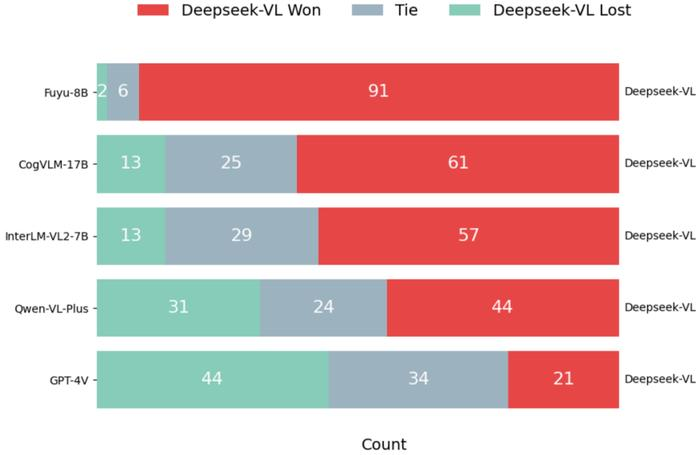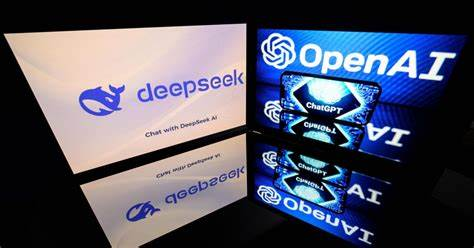In the rapidly evolving landscape of artificial intelligence, Baidu has consistently been at the forefront of innovation. With the imminent release of Baidu Wenxin 4.5, the tech giant is poised to set a new benchmark in AI capabilities, particularly in the realms of inference and multimodality. This article delves into the upcoming release, exploring its enhanced features, potential impact, and how it stacks up against global competitors.
Introduction to Baidu Wenxin and Its Evolution
Baidu Wenxin has emerged as one of the leading AI models in the industry, with a history marked by continuous improvement and innovation. Since its inception, Wenxin has undergone several iterations, each bringing significant advancements in natural language processing (NLP) and machine learning. Previous versions have laid a solid foundation, enabling Baidu to push the boundaries further with Wenxin 4.5.

The Upcoming Release of Wenxin 4.5
The release of Baidu Wenxin 4.5 is highly anticipated, promising substantial upgrades in inference capabilities and multimodal integration. Scheduled for a near-term launch, Wenxin 4.5 is expected to deliver enhanced performance, efficiency, and versatility, making it a powerful tool for both industry applications and everyday use.
Enhanced Inference Capabilities in Wenxin 4.5
One of the most notable improvements in Wenxin 4.5 is its advanced inference capabilities. Inference, the process of deriving logical conclusions from premises known or assumed to be true, is crucial for AI models to make accurate predictions and decisions. Wenxin 4.5 employs cutting-edge techniques to optimize inference speed and accuracy, enabling faster and more reliable responses in real-world scenarios. This enhancement is particularly beneficial for applications such as real-time language translation, intelligent assistants, and automated decision-making systems.
Multimodality: A Game-Changer in AI
Multimodality, the integration of multiple types of data (e.g., text, images, audio) into a single AI model, is a key focus of Wenxin 4.5. This feature allows the model to process and understand information from various sources, providing a more comprehensive and nuanced understanding of the world. For example, Wenxin 4.5 can analyze images alongside text to generate more accurate descriptions or answers, making it highly versatile for applications like content creation, smart education, and autonomous systems.
Impact on Industry and End-Users
The advancements in Wenxin 4.5 are expected to have a profound impact across various industries. In healthcare, it could assist in medical image analysis and patient diagnosis. In education, it can enhance personalized learning experiences by integrating multimedia content. For end-users, the improved inference and multimodal capabilities mean more intuitive and efficient interactions with AI-powered devices and services.
Competitive Landscape: Wenxin vs. Other AI Models
In a highly competitive AI market, Baidu Wenxin 4.5 stands out with its unique strengths. Compared to global competitors like OpenAI’s GPT series and Google’s BERT, Wenxin 4.5 offers a more localized understanding of the Chinese language and culture, making it particularly well-suited for the Chinese market. Additionally, its enhanced multimodal features provide a broader range of applications, setting it apart from other models that primarily focus on text-based processing.
Challenges and Future Outlook
Despite its promising advancements, Wenxin 4.5 also faces potential challenges. The integration of multimodal data requires significant computational resources, which may limit its scalability. Additionally, ensuring data privacy and security while handling diverse data types is a critical concern. Looking ahead, Baidu is likely to continue refining Wenxin’s capabilities, exploring new applications, and addressing these challenges to maintain its leadership in the AI domain.
Conclusion
The release of Baidu Wenxin 4.5 marks a significant milestone in the development of AI technology. With its enhanced inference and multimodal capabilities, Wenxin 4.5 is poised to revolutionize various industries and improve user experiences. As Baidu continues to innovate, the future of AI looks brighter than ever, with the potential to transform the way we interact with technology and solve complex problems.
Frequently Asked Questions
- What are the main improvements in Baidu Wenxin 4.5 compared to previous versions?
- Wenxin 4.5 primarily focuses on enhanced inference capabilities and multimodal integration. It offers faster and more accurate inference, as well as the ability to process multiple types of data (text, images, audio) simultaneously.
- How does multimodality in Wenxin 4.5 benefit users?
- Multimodality allows Wenxin 4.5 to understand and generate more comprehensive responses by combining information from different sources. This leads to more accurate and context-aware interactions, especially in applications like content creation and smart education.
- What are the potential applications of Wenxin 4.5 in the industry?
- Wenxin 4.5 can be applied across various sectors, including healthcare (medical image analysis), education (personalized learning), and content creation (multimedia generation). Its versatile capabilities make it suitable for both consumer and enterprise use cases.
- How does Wenxin 4.5 compare to other AI models like GPT and BERT?
- While GPT and BERT excel in text-based processing, Wenxin 4.5 differentiates itself through its enhanced multimodal features and localized understanding of the Chinese language. This makes it particularly advantageous for the Chinese market and applications requiring multimedia integration.
- What challenges might Wenxin 4.5 face in its development?
- Key challenges include the computational demands of multimodal processing and ensuring data privacy and security. Addressing these issues will be crucial for the model’s scalability and widespread adoption.
- What can we expect from future versions of Baidu Wenxin?
- Future versions of Wenxin are likely to focus on further optimizing multimodal capabilities, improving computational efficiency, and expanding its application scope. Baidu may also explore new technologies like quantum computing to enhance AI performance.





